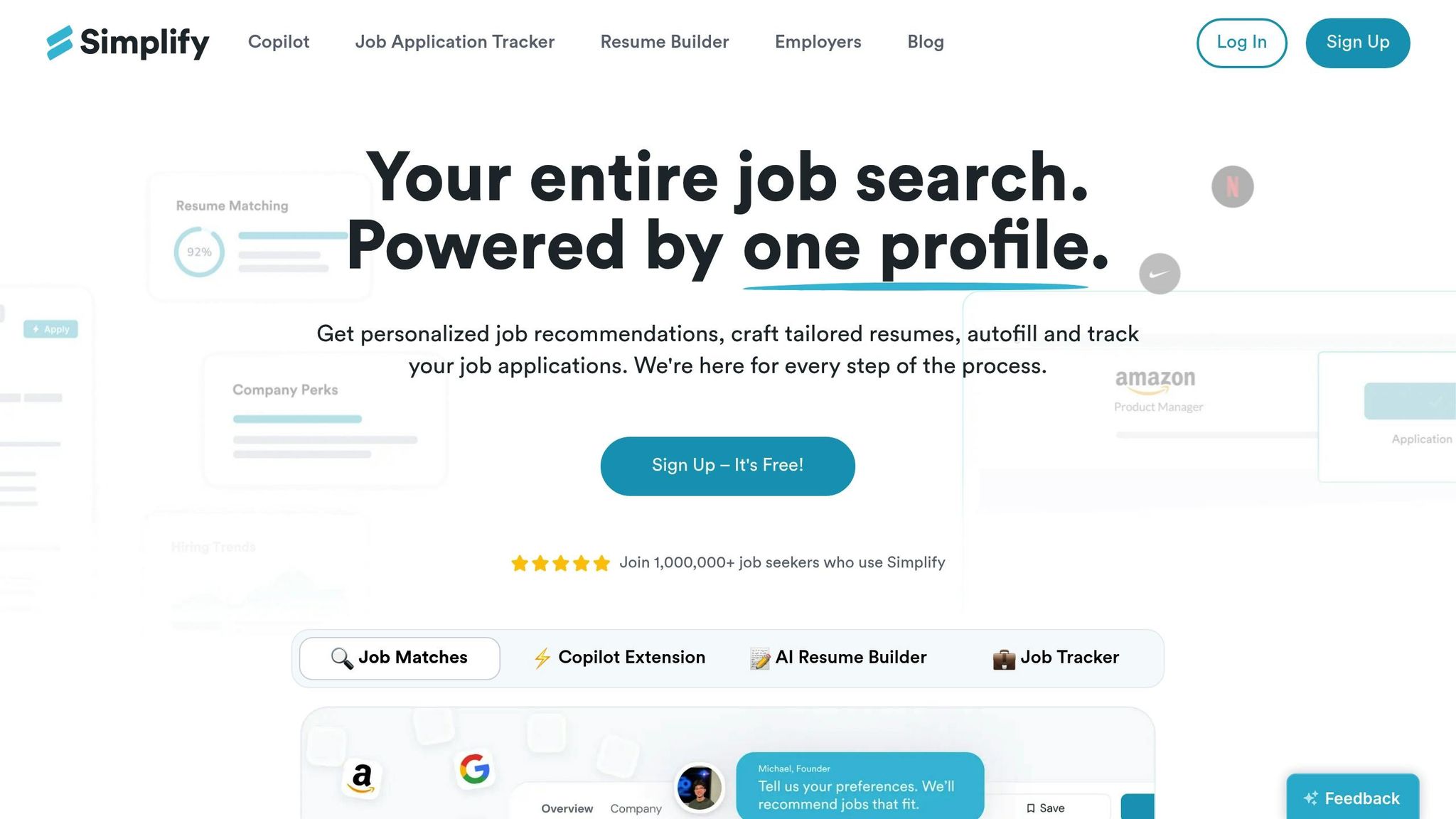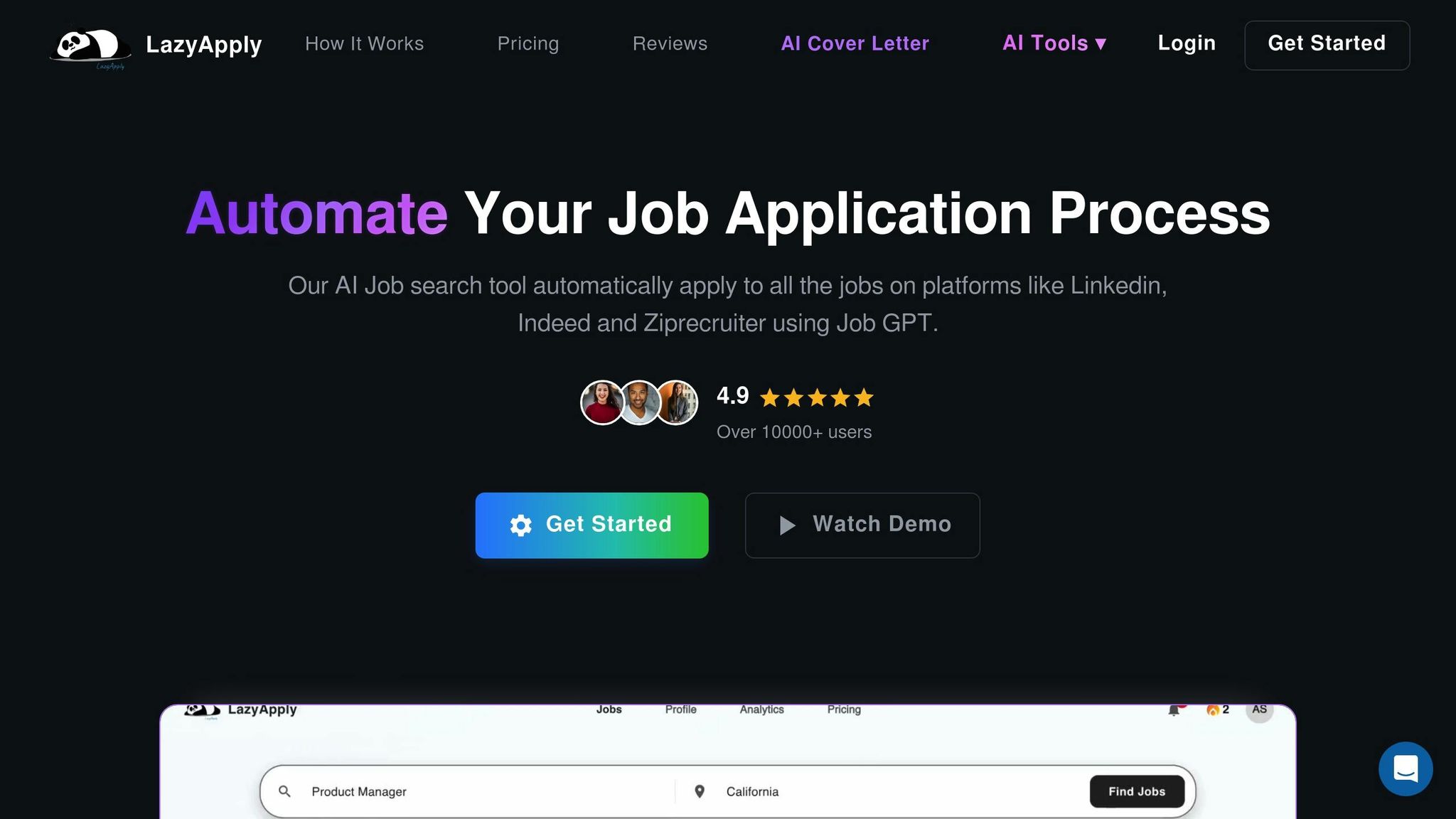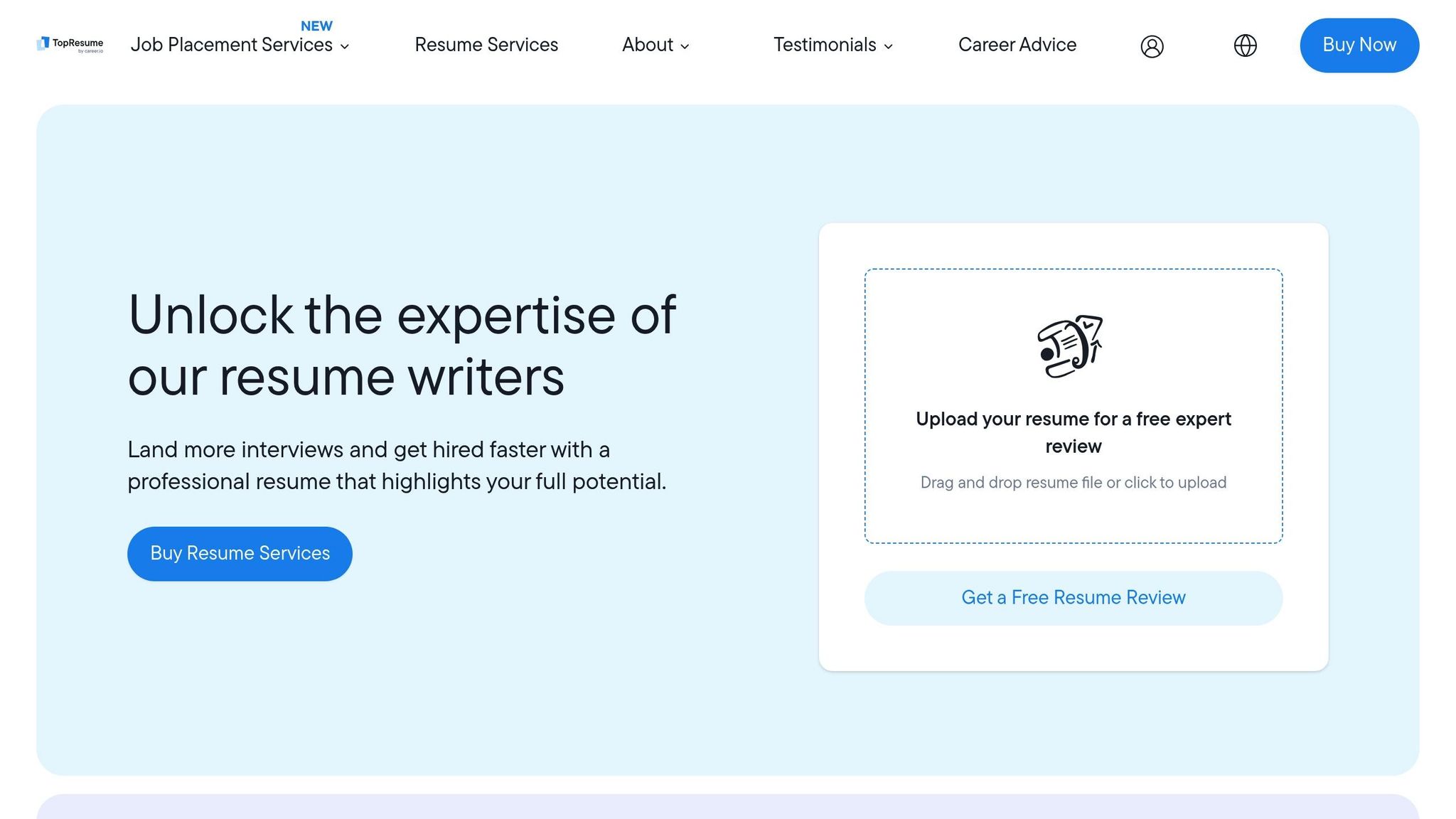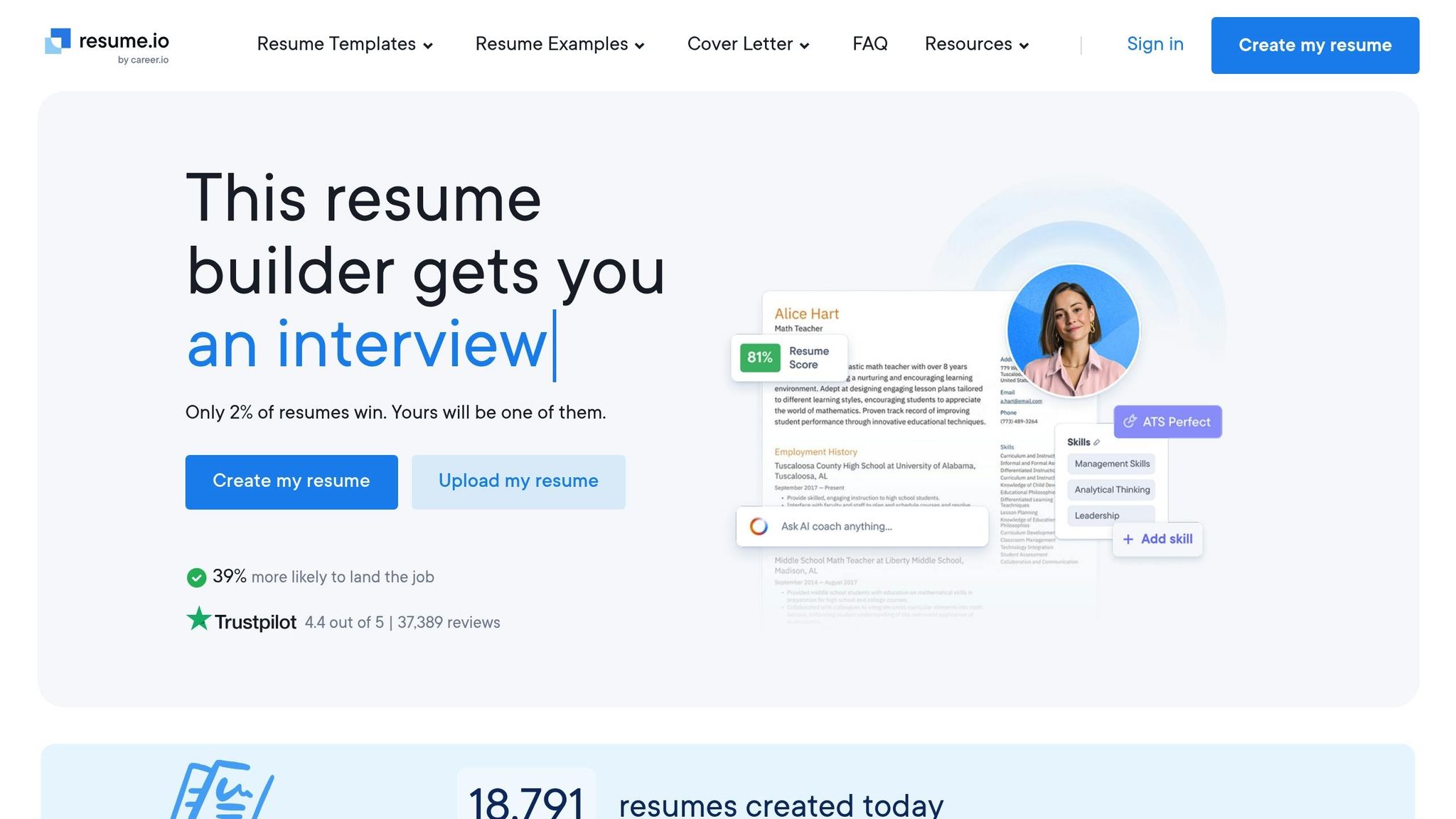Surviving Trump’s $100K H-1B Fee: Insider Strategies and Loopholes for 2025
scale.jobs
September 21, 2025
The introduction of a $100,000 fee for new H-1B visa applications, effective September 21, 2025, has disrupted the U.S. immigration landscape. This fee applies only to new petitions for workers outside the U.S., sparing renewals and current visa holders. While healthcare and engineering roles are exempt, employers must cover the fee upfront, creating financial strain for businesses and applicants.
Key points:
- Who Pays: Employers filing new H-1B petitions for workers abroad.
- Exemptions: Healthcare and engineering roles, with potential waivers for national interest cases.
- Alternatives: O-1, L-1, TN, and EB-1A visas offer options to bypass the fee.
- Expiration: Policy ends on September 21, 2026, unless extended.
Employers and workers can manage costs through early filing, cost-sharing agreements, and exploring other visa options. Legal teams and strong documentation are essential to navigating this change.
H-1B $100,000 Fees: US Immigration Lawyer On Doubts, Legal Challenge, Trump's Aim, Impact On Indians
Understanding the $100K H-1B Visa Fee
Let’s dive into the details of the $100,000 H-1B visa fee and how it works. This fee marks a significant shift in U.S. immigration policy for skilled workers, applying to new H-1B petitions filed on or after September 21, 2025. It’s a one-time charge, specifically for workers located outside the U.S. at the time of application.
It’s important to note that this fee only applies to new petitions. Extensions, employer changes, or other adjustments for current H-1B holders within the U.S. are not affected. Employers must pay the full amount upfront when filing a new H-1B application for eligible workers outside the country.
Who Must Pay the Fee?
This fee applies exclusively to new H-1B petitions for individuals currently outside the United States, and it’s the sponsoring employers who are responsible for covering the cost.
Current H-1B visa holders enjoy some protections under this policy. They are exempt from the fee when applying for extensions, switching employers, or adjusting their status, as long as they remain in the U.S. However, if these workers leave the country during the fee’s effective period, they’ll be subject to the $100,000 charge upon re-entry.
For those already abroad, there’s a key deadline: H-1B visa holders who have been outside the U.S. for 12 months or more must return by September 21, 2025, to avoid the fee.
Some professions, such as healthcare and engineering, are automatically exempt from the fee, as clarified by official guidance:
"The new fee will not apply to visa applications submitted for those working in the healthcare and engineering industries." - TOI Tech Desk, TIMESOFINDIA.COM
Additionally, the Secretary of Homeland Security has the authority to grant further exemptions. These could apply to individuals, companies, or even entire industries if hiring H-1B workers is deemed necessary for national interests, provided it doesn’t compromise U.S. security or welfare.
Payment and Documentation Requirements
Employers must meet strict requirements when paying this fee. The full $100,000 payment must be submitted at the time of filing the petition - there are no grace periods or installment options. Employers must also provide documentation showing their ability to pay the fee and justify the need for hiring foreign workers.
For those seeking national interest waivers, the process involves additional paperwork. Employers must submit evidence, such as economic impact studies or security clearance documentation, to demonstrate how hiring specific H-1B workers benefits the U.S.
This policy is temporary, set to expire on September 21, 2026, unless extended. This expiration date adds another layer of complexity for companies planning their long-term hiring strategies.
Money-Saving Tactics for Employers and Workers
The proposed $100,000 H-1B fee presents a steep challenge, but with thoughtful planning and negotiation, both employers and workers can find ways to manage these costs more effectively.
Employer Payment and Cost-Sharing Options
Employers generally have two paths: absorb the fee entirely or share the burden with employees. Cost-sharing often happens through contractual clauses, such as requiring employees to stay for a set period or repay fees if they leave early. Some employers might also adjust compensation packages - like offering higher signing bonuses - to balance out the financial impact.
For employees, discussing fee arrangements during the initial job offer stage can provide an opportunity to negotiate better terms, potentially securing a more favorable deal.
Beyond these strategies, employers can explore filing methods that help cut down costs further.
Smart Filing and Timing Approaches
Coordinating filings early and aligning them with legal timelines can help avoid unnecessary expenses. Employers hiring multiple international workers might save money by batching applications together.
For current H-1B holders, transferring to a new employer could be worth considering. Fee structures sometimes differ based on whether the petition is filed as an in-country transfer or from abroad. Additionally, filing visa extensions well before expiration can help maintain legal status and prevent extra charges.
Another cost-saving approach is starting with temporary work visas before transitioning to H-1B status, which can help reduce upfront fee exposure.
By taking these proactive steps, both employers and workers can navigate the application process more smoothly and avoid unexpected costs.
Job seekers should also explore platforms designed to simplify the job search and application process. For instance, scale.jobs stands out with its human-powered support, ATS-optimized documents, transparent pricing, dedicated WhatsApp assistance, and proof-of-work features. Compared to competitors like findmyprofession or lazyapply, scale.jobs delivers a more personalized experience. Unlike automated tools such as loopcv.pro or jobscan.co, it emphasizes hands-on support to ease the complexities of fee-related challenges.
Fee Exemptions and Legal Workarounds
The $100,000 H-1B fee can be a significant financial challenge, but there are ways to reduce or even eliminate it. These options operate under strict federal guidelines and specific industry criteria.
National Interest Waivers and Industry Exemptions
One of the most effective ways to avoid the fee is through national interest exemptions. These allow the Secretary of Homeland Security to waive fees for workers whose roles are deemed critical to U.S. interests. This waiver can apply to individual workers, entire companies, or even industries.
"The restriction imposed pursuant to subsections (a) and (b) of this section shall not apply to any individual alien, all aliens working for a company, or all aliens working in an industry, if the Secretary of Homeland Security determines, in the Secretary's discretion, that the hiring of such aliens to be employed as H-1B specialty occupation workers is in the national interest and does not pose a threat to the security or welfare of the United States."
Certain professions, such as healthcare and engineering, are explicitly protected under these rules. Specific roles include those in defense, cybersecurity, advanced STEM fields like AI and semiconductors, critical infrastructure, and university research. These categories are often prioritized under the national interest waiver.
"The Proclamation says that people can be exempted from this fee if their job is in the 'national interest,'" explains Nicole Gunara, Principal Immigration Attorney at Manifest Law.
To qualify, employers must show that hiring H-1B workers supports key U.S. interests, such as economic growth, national security, or public welfare. This often requires detailed documentation demonstrating how these workers contribute to national priorities - whether through groundbreaking research, essential healthcare services, or maintaining critical infrastructure. Such preparation can also open doors for exploring state and regional support programs.
State and Regional Fee Relief Programs
Currently, there are no state or regional programs that directly offset the $100,000 H-1B fee. However, some federal initiatives provide indirect benefits. For example, the H-1B Skills Training Grants program, managed by the U.S. Department of Labor (DOL), uses employer-paid H-1B fees to fund training for American workers in industries heavily reliant on H-1B talent. While these grants don’t reduce visa fees, they help employers build a more skilled domestic workforce.
Additionally, the H-1B Rural Healthcare Grant Program addresses workforce shortages in rural healthcare. Programs like these can strengthen an employer’s case for a national interest waiver by demonstrating efforts to support U.S. workers in critical sectors.
Navigating these processes can be complex, but the right tools and support make a difference. Scale.jobs offers dedicated WhatsApp assistance, ATS-optimized document preparation, and a transparent, one-time payment system that outshines automated platforms like LazyApply and Simplify.jobs.
Success in leveraging these exemptions depends on careful planning and strong documentation. Employers should prepare detailed evidence of their workers’ contributions to national priorities well in advance, ensuring their applications align with federal goals and policies.
Alternative Visa Options to Avoid the Fee
If the $100K H-1B fee feels like a barrier, you’re not out of options. There are several alternative visas that allow professionals to work in the U.S., each with its own set of requirements and advantages. These alternatives cater to various professional backgrounds and goals, offering a way to bypass the hefty H-1B cost.
Main Alternative Visa Types
The O-1 visa is a great choice for individuals with extraordinary abilities in fields like science, arts, education, or business. It’s not subject to an annual cap and comes with a much lower cost. To qualify, applicants must demonstrate achievements such as awards, publications, or recognition from peers. The visa is initially granted for up to three years and can be extended as long as the criteria continue to be met.
Another option is the L-1 visa, designed for employees of multinational companies transferring to the U.S. There are two types: L-1A for managers and executives, and L-1B for specialized knowledge workers. Applicants need to have worked for the company abroad for at least one of the past three years. L-1A holders can stay in the U.S. for up to seven years, while L-1B holders generally have a five-year limit. Many L-1 visa holders eventually transition to permanent residency.
For Canadian and Mexican professionals, the TN visa, available under the USMCA agreement, is an affordable and quick option. It applies to specific professions like engineering, IT, science, and accounting. With minimal fees and fast processing times, the TN visa is typically issued for up to three years and can be renewed repeatedly as long as eligibility criteria are met.
Lastly, the EB-1A visa is an excellent pathway for individuals with national or international acclaim. This visa leads directly to a green card without requiring employer sponsorship. Though the application process can take several months and demands extensive documentation of extraordinary ability, it offers the distinct advantage of permanent residency.
Here’s a quick comparison of these visa options:
Visa Comparison Chart
| Visa Type | Eligibility Criteria | Cost | Processing Time | Best For |
|---|---|---|---|---|
| O-1 | Extraordinary ability in specific fields | Lower filing fees | Moderate (expedited options available) | Accomplished professionals, tech innovators, researchers |
| L-1 | Multinational employees with required foreign experience | Moderate base fees (extra for expedited processing) | Short to moderate | Corporate managers, executives, and specialized workers |
| TN | Canadian/Mexican citizens in qualifying professions | Very low fees | Fast processing | Engineers, IT experts, scientists from Canada/Mexico |
| EB-1A | National/international acclaim in a field | Moderate government fees | Several months | High-achieving professionals seeking green cards |
These visas not only help you avoid the steep H-1B fee but also offer tailored application processes that align with your professional goals.
Simplify.jobs vs. Scale.jobs: Why Make the Switch?

- Personalized support instead of relying on automation alone.
- Transparent pricing with a one-time fee - no hidden charges or recurring costs.
- Proof-of-service transparency, so you know exactly what’s being done for you.
LazyApply vs. Scale.jobs: What You’re Missing Out On

- Human-powered assistance for a more hands-on approach compared to LazyApply’s automation.
- Clear, upfront pricing with no surprise fees during your job search.
- Detailed service delivery, giving you tangible proof of the work completed on your behalf.
Each visa option serves a different purpose, depending on your career goals and eligibility. Pairing the right visa pathway with a reliable job application service that offers customized support can greatly improve your chances of success in navigating the U.S. job market.
Step-by-Step Action Plan for the H-1B Fee
Handling the H-1B fee process requires careful preparation and a well-organized approach. From gathering the right documents to working with legal professionals, each step plays a crucial role in avoiding delays and ensuring compliance with current regulations.
Required Documents and Paperwork
To start, employers need to assemble key financial and employment documents. This includes proof of financial stability, such as business registration certificates, tax filings, and other relevant records. Additionally, provide evidence of a valid job offer and an approved labor condition application. For applicants, documentation should include educational qualifications and professional credentials to establish eligibility.
Don't forget to include all required fee payment forms and receipts as specified by USCIS guidelines. Keeping copies of all supporting legal documents for verification is essential. Once everything is in order, these materials should be reviewed in collaboration with your legal team.
Working with Legal Teams
Engaging an experienced immigration attorney can simplify the complexities of the H-1B fee process. A skilled legal team can help review your documents, confirm eligibility for any fee exemptions, and ensure all filings meet current regulations. Clear communication between the employer and applicant is key - define roles early and stay in frequent contact. Starting the legal review process several months before the filing deadline ensures ample time for preparation and adjustments.
Staying informed about any policy changes is equally important.
Staying Updated on Policy Changes
H-1B fee requirements can change due to legal or administrative updates. Regularly reviewing USCIS announcements and Federal Register notices is critical. Monitoring legislative developments and judicial decisions can also help you anticipate adjustments to the process. Subscribing to updates from reputable immigration law firms or industry associations is a practical way to stay on top of changes and avoid surprises.
TopResume vs. Scale.jobs: Why Human Touch Matters

When preparing for the H-1B fee process, choosing the right resume service can make a difference in supporting your documentation and eligibility. While TopResume relies on a more template-based approach, Scale.jobs offers a personalized experience. Here’s why Scale.jobs stands out:
- Dedicated Human Assistants: Receive tailored guidance specific to your needs.
- ATS-Optimized Documents: Get professionally written documents designed to pass applicant tracking systems.
- Transparent Proof-of-Work Delivery: Enjoy clear accountability and quality assurance for every document.
- One-Time Payment Model: Avoid recurring charges with a straightforward pricing structure.
- Dedicated WhatsApp Support: Access prompt and reliable assistance whenever needed.
Key Points for H-1B Applicants in 2025
Navigating the challenges posed by the new $100,000 H-1B fee requires a well-thought-out, strategic approach. This fee marks a major shift in immigration policy, pushing both applicants and employers to rethink how they handle costs. Starting preparations early - well before filing deadlines - can make the entire process more manageable and less stressful.
Close collaboration between employers and applicants is now more important than ever. Many employers are exploring cost-sharing solutions, such as adjusting salaries or introducing incentive programs, to help manage the financial burden this fee imposes.
For some professionals, alternative visa options may serve as a viable path forward. These options, covered in earlier sections of this article, could provide flexibility for those seeking to avoid the steep H-1B fee.
By exploring multiple visa pathways, working with legal experts, and staying updated on policy changes, applicants can better position themselves to tackle this evolving landscape. Additionally, submitting clear and well-prepared documentation will further strengthen your application in this high-stakes process.
Resume.io vs. Scale.jobs: Why Professional Documentation Matters

With the new fee structure in place, the quality of your application documents plays a critical role in your success. While services like Resume.io offer basic templates, Scale.jobs goes a step further, providing tailored support specifically designed for immigration needs. Here's how Scale.jobs stands out:
- Expert Guidance: Work with specialists who understand the nuances of immigration documentation.
- ATS-Optimized Materials: Receive resumes and cover letters designed to meet the standards of both applicant tracking systems and immigration reviewers.
- One-Time Payment: Avoid recurring subscription fees with a single investment.
- Dedicated Support: Benefit from real-time assistance via WhatsApp for urgent documentation needs.
- Transparent Process: Stay informed every step of the way as your documents are professionally optimized.
Choosing the right documentation service can make a significant difference in navigating the complexities of the H-1B application process under the updated fee structure. Scale.jobs provides the tools and support you need to approach this challenge with confidence.
FAQs
What strategies can employers use to handle the proposed $100,000 H-1B visa fee in 2025?
Employers can navigate the proposed $100,000 H-1B visa fee by adopting smart financial strategies and exploring legal alternatives. For instance, they might take advantage of regional exemptions that could lower or even eliminate fees in specific areas. Another option is negotiating cost-sharing agreements with employees to distribute the financial burden. Employers could also evaluate alternative visa programs, such as the O-1 or L-1 visas, which might be a better fit for particular roles or qualifications.
On top of that, adjusting hiring strategies could make a difference. Employers might target regions or industries that are less impacted by the fee increase. These practical steps can help businesses manage costs effectively while staying compliant with the new regulations.
What are the requirements to qualify for a national interest waiver and avoid paying the proposed $100,000 H-1B fee?
To be eligible for a national interest waiver (NIW) and avoid the proposed $100,000 H-1B fee, you’ll need to prove that your work has substantial merit and serves a national purpose. On top of that, you must demonstrate that skipping the usual job offer and labor certification process would be beneficial to the United States.
Here’s what matters most:
- Your work should have a meaningful, positive effect on areas like the U.S. economy, public health, or other critical fields.
- The impact of your contributions must go beyond just local or regional benefits.
- Your credentials and accomplishments should clearly establish that your work is important enough to justify the waiver.
In short, the NIW is granted when your expertise and contributions align with national priorities, making it in the country’s best interest to waive the standard requirements.
What are some alternative visa options to work in the U.S. without paying the proposed $100,000 H-1B fee?
If you're aiming to work in the U.S. but want to avoid the proposed H-1B fee, there are plenty of visa options worth exploring. Here are some alternatives:
- L-1 Visa: Designed for employees transferring within the same company to a U.S. office.
- O-1 Visa: Tailored for individuals who have exceptional achievements or abilities in their field.
- TN Visa: Available for Canadian and Mexican professionals under the rules of NAFTA.
- E-2 Visa: For treaty investors from countries with eligible trade agreements.
- EB-5 Visa: Geared toward individuals making substantial financial investments in U.S. ventures.
- J-1 Visa: Aimed at exchange visitors, including researchers, trainees, and other participants in cultural exchange programs.
- F-1 Visa with OPT: For students who want to gain work experience through Optional Practical Training after completing their studies.
- Cap-Exempt H-1B: Open to those working with specific nonprofit or government research organizations.
Each visa type comes with its own set of requirements and processes, so it's important to find the one that best matches your professional goals and situation. Seeking advice from an immigration expert can make the process smoother and help you choose the right path.
Related Blog Posts
- Is the H-1B $100,000 Fee the End of Tech’s Global Talent Flow? Myths, Fears, and Facts
- Cracking the New H-1B Code: Legal Workarounds for Tech Firms Facing the $100K Fee
- 5 Ways the H-1B Fee Bomb Will Reshape IT Outsourcing Forever
- Navigating the New $100,000 H-1B Fee: Tips, Challenges, and Legal Insights for 2025
Land Jobs Faster and Easier withHuman Assistants
We will apply to jobs on your behalf with ATS Friendly Custom Resumes and Cover Letters in < 24 hours, so you can focus on Networking and Interview Prep.